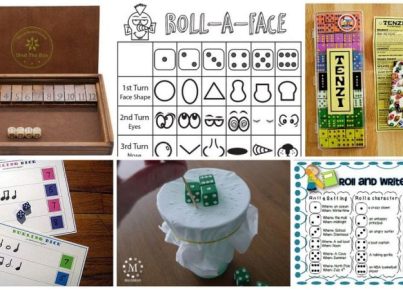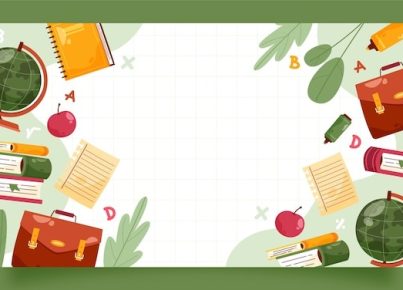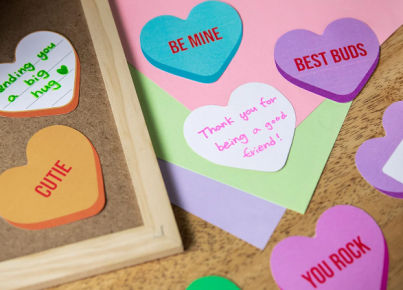Recycling is an essential practice that promotes sustainability and environmental responsibility. By introducing recycling into the classroom, we can teach students the importance of reducing waste and conserving resources. Here are 19 ideas, both big and small, to bring recycling into the classroom:
- Establish recycling bins: Set up designated bins for paper, plastic, and glass in the classroom to make recycling easy and organized.
- Create a recycling center: Designate an area in the classroom as a recycling center where students can sort and deposit recyclables.
- Conduct waste audits: Periodically conduct waste audits with students to analyze and measure the amount of waste generated in the classroom.
- Teach about recycling: Incorporate recycling lessons into the curriculum, educating students about the benefits and processes of recycling.
- Organize a recycling competition: Divide students into teams and see who can collect the most recyclables within a specific timeframe. Offer incentives to encourage participation.
- Make recycled crafts: Encourage creativity by using recycled materials for art projects and crafts, such as creating sculptures out of plastic bottles or using old magazines for collages.
- Reduce paper waste: Encourage digital assignments and notes to minimize paper usage. Print double-sided and reuse scrap paper for note-taking.
- Participate in recycling programs: Connect with local recycling programs and involve students in initiatives like collection drives or recycling competitions.
- Create recycling-themed bulletin boards: Display informative posters and visuals about recycling on bulletin boards to raise awareness and remind students about the importance of recycling.
- Invite guest speakers: Arrange for guest speakers from recycling companies or environmental organizations to talk to students about recycling and its impact on the environment.
- Start a recycling club: Establish a student-led recycling club that can organize awareness campaigns, initiatives, and recycling events within the school.
- Integrate recycling in all subjects: Incorporate recycling concepts into various subjects, such as math (calculating recycling statistics) or English (writing persuasive essays about recycling).
- Visit recycling centers: Organize field trips to local recycling centers or waste management facilities, giving students a firsthand experience of the recycling process.
- Designate “Trash-free” days: Encourage students to pack waste-free lunches on specific days, minimizing the amount of trash generated.
- Create recycling-themed games: Develop educational games or quizzes that focus on recycling to engage students and reinforce their understanding of recycling practices.
- Collaborate with other classrooms: Partner with other classrooms or schools to plan joint recycling initiatives, allowing students to share ideas and learn from each other.
- Establish a composting system: Teach students about composting and set up a composting system in the classroom, reducing food waste and creating nutrient-rich soil.
- Create a recycling pledge: Have students sign a recycling pledge to commit to incorporating recycling habits in their daily lives, both in and outside the classroom.
- Recognize student efforts: Acknowledge and reward students who actively participate in recycling efforts, fostering a sense of pride and motivation.
By implementing these ideas, we can create a culture of recycling within the classroom, cultivating environmentally conscious future generations. Let’s teach our students the power of recycling and inspire them to make a positive impact on the planet.





